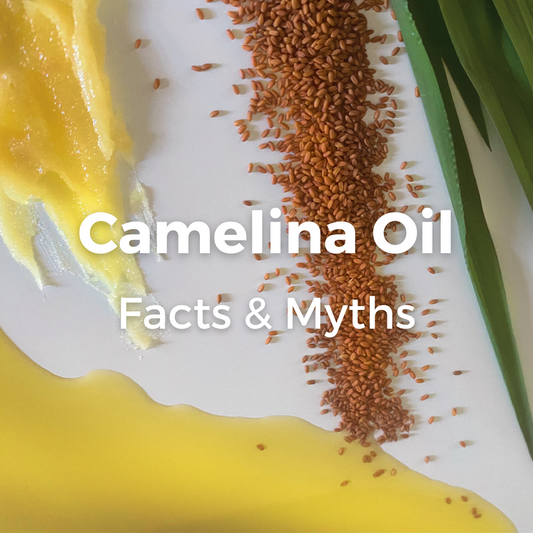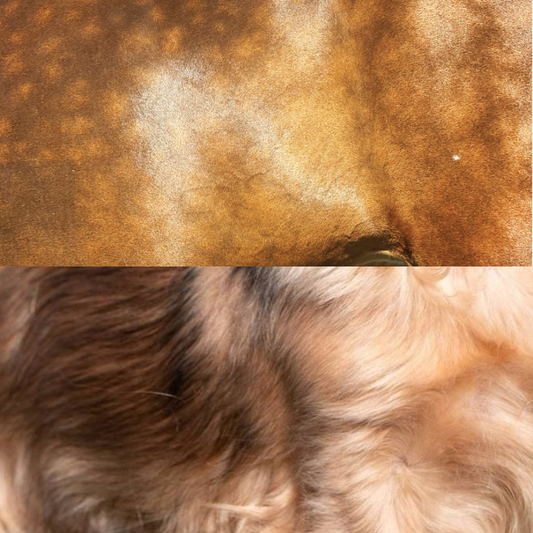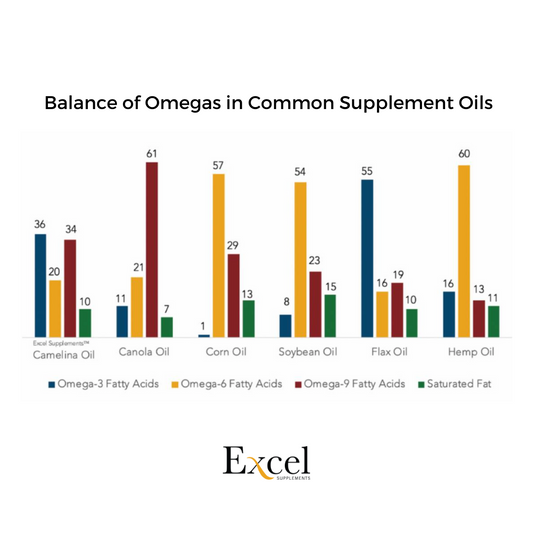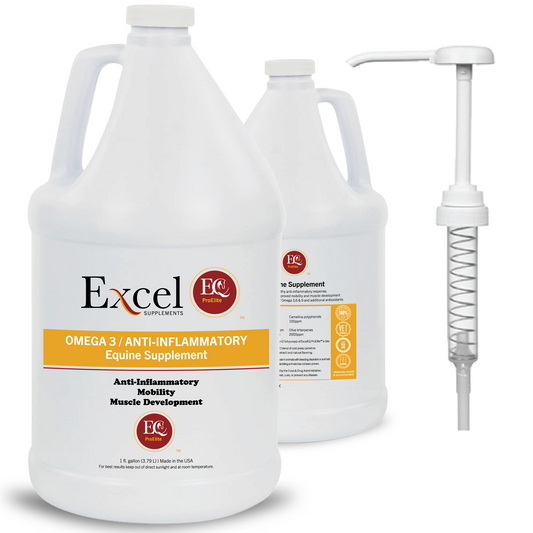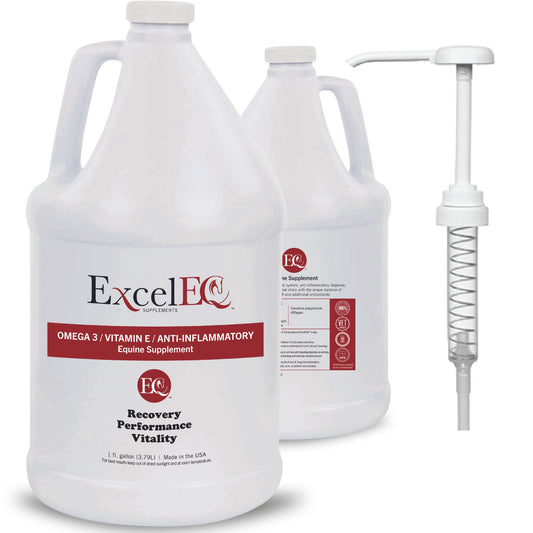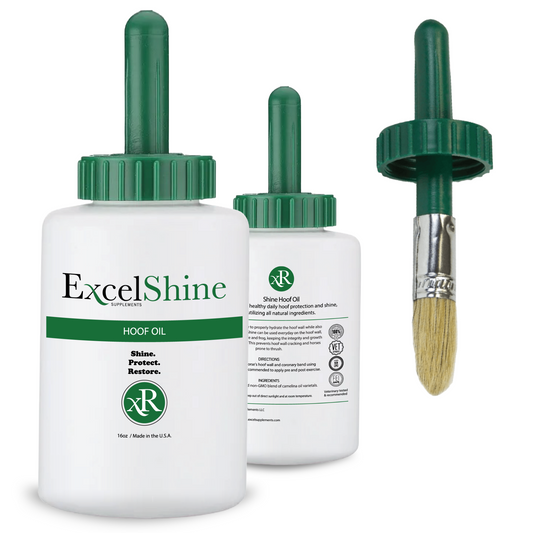Horse Blanketing: When, Why, and How
Share
As soon as the air turns crisp, horse owners start asking the same question: Does my horse need a blanket? The answer isn’t as simple as watching the thermometer. Blanketing depends on your horse’s coat, condition, and lifestyle, as well as the ever-changing weather. This guide pulls together everything you need to know to make the right call all winter long.
How Horses Stay Warm Without a Blanket
Horses are naturally equipped to handle cooler weather:
- Thicker coats grow as daylight shortens, trapping heat close to the body.
- Shelter & behavior matter—horses instinctively turn away from wind, huddle with companions, or use barns and trees for cover.
- Digesting forage such as an extra 5–10 lbs of hay during very cold nights can give horses more “internal heat” to help stay comfortable. Read more about cold weather equine nutrition here.
But nature doesn’t account for clipped coats, senior horses, or wet, windy nights. That’s where blanketing comes in.
Key Factors to Consider Before You Blanket
Instead of relying on a single “blanket temperature chart,” think of these five factors:
- Hair coat – A clipped or partially clipped horse has less insulation than one with a full winter coat.
- Body condition – A plump horse retains heat better than a thin one.
- Age & health – Older horses, young horses, or those with medical issues often need more support.
- Living situation – Turnout horses exposed to rain and wind need sturdier, warmer protection than horses stalled overnight.
- Climate & weather – A 35°F damp drizzle feels harsher than a dry 25°F day. Always factor in wind chill and precipitation.
Choosing the Right Blanket
Blankets are not all created equal. Understanding types, weight, and fabric strength helps narrow your choices.
Types of Blankets
- Stable sheets/blankets – Warmth for stalled horses, but not waterproof.
- Turnout sheets/blankets – Waterproof and durable for outdoor living. Available in light, medium, and heavy fills.
- Coolers & anti-sweat sheets – Wick moisture post-workout so horses don’t chill.
Blanket Weight (Insulation)
- Sheets (0–100g fill) – For mild weather or rain protection.
- Medium weights (150–250g fill) – For cool to cold conditions, especially for clipped horses.
- Heavy weights (300+g fill) – For harsh, cold winters or horses that need maximum warmth.
Durability (Denier)
The higher the denier rating, the tougher the blanket’s outer shell. Horses that roll, play hard, or live in rough paddocks benefit from high-denier fabrics.
Temperature Guidelines: Clipped vs. Unclipped Horses
Every horse is different, but here’s a starting point for blanketing decisions. Always adjust for wind, wet conditions, shelter access, and your horse’s body condition.

How to Measure for a Proper Fit
A blanket that’s too small will rub shoulders and withers, while one that’s too big will shift or twist. To measure:
- Start at the center of the chest.
- Run a soft tape measure along the side, over the barrel, to the tail’s edge.
- The number in inches = your horse’s blanket size.
Once it’s on, check straps and buckles for security without tightness, and ensure your horse can graze, walk, and move freely.
Common Mistakes to Avoid
- Over-blanketing – A sweaty horse can actually chill when sweat cools under the blanket. Check daily under the blanket for warmth, dryness, and comfort.
- Ignoring weather swings – Warm sunny days followed by frigid nights often call for swapping weights or layering.
- One-blanket fits all – Having just a single blanket rarely works all season. Most barns rotate between at least a sheet and a medium/heavy blanket.
- Not checking fit over time – As your horse gains or loses condition, adjust blanket size and straps.
Caring for Blankets
Blankets are an investment, so maintaining them pays off:
- Brush off mud and hair regularly.
- Wash with horse-safe detergent when needed, and reapply waterproofing products if rain stops beading on the surface.
- Repair small tears quickly before they spread.
- Store cleaned and dried blankets in sealed bins or bags during the off-season to protect against rodents and mildew.
Putting It All Together
Blanketing is part science, part observation. Start with your horse’s natural defenses, then add protection when weather, condition, or workload demand it. The goal isn’t just warmth—it’s comfort, safety, and health.
With the right blankets, proper fit, and regular checks, you’ll help your horse thrive through every chilly night and snowy turnout this season.
For updated information on equine/canine care, trending topics and discount opportunities follow us on social!
Follow us on Instagram: @excelsupplements
Keep up to date with us on Facebook: Excel Supplements

